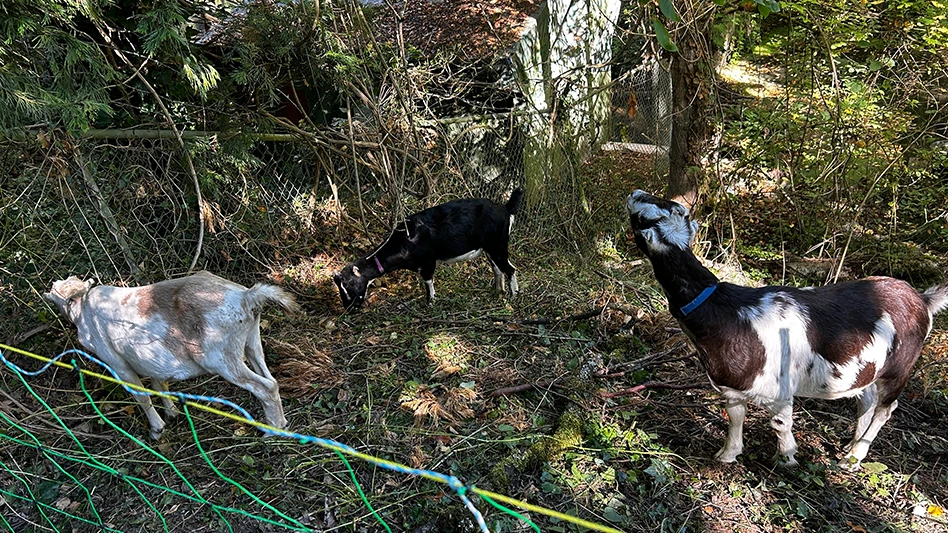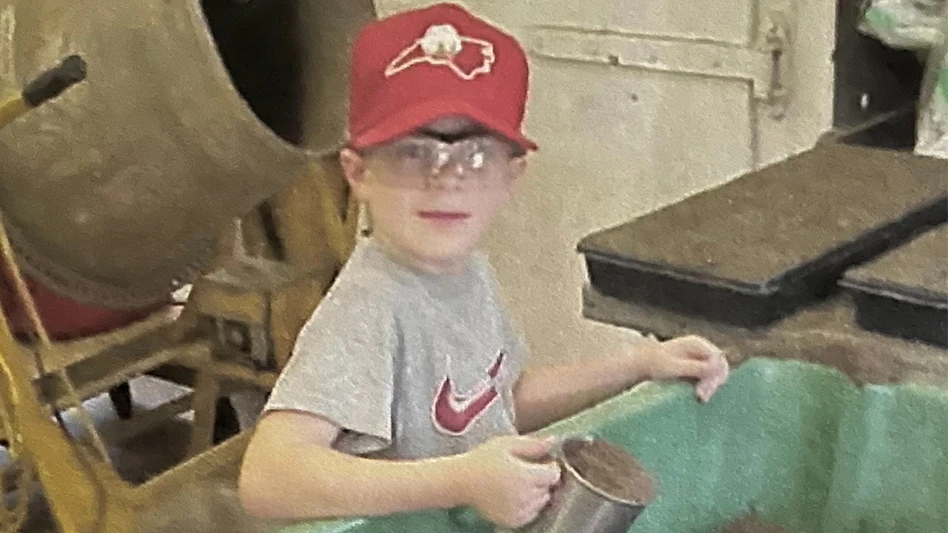 Henry DeLozier |
Everyone wants to save the game. A lot of people even have an idea about how to do it. Six- and 12-hole courses, 15-inch cups, more women, more kids, relaxed dress codes. You can call the people advocating these changes anarchists, revolutionaries or subversives. There’s no reason to doubt anyone’s sincerity. All of those audacious souls are telling us the same thing: something’s gotta change if golf is going to remain a game and a business with a bright future. We live in an era of change and disruption. Driven by technology and the suddenly empowered consumer, industries and business models are being turned upside down. Except for golf. At the recent Crittenden Golf Expo, Dave Schreiner, founder of Mature Market Strategies, a lifestyle company that specializes in the boomer generation, put it this way: “Golf is a single-minded business in a multi-tasking world.” Seen in that light, golf appears rather quaint. But the fact of the matter is that golf has proven itself remarkably resilient and appealing to a hardcore group of advocates. And that’s the catch, isn’t it? The game attracts devotees who are your customers for life. At the same time, it churns others who give it a try before moving on to something else. The National Golf Foundation estimates that some three million people start and stop being golfers on a regular basis. In the spirit of constructive disruption, here are seven things you can consider doing to change your business for the better: 1. Understand Your Market Segments. Your course serves a number of market segments – not one. Identify the segments that you serve as well as those within a 20-minute drive. Learn what each group of players wants, and be careful about painting with a broad brush. For example, your early morning weekday golfers are usually retirees who want to play fast and inexpensively. They appreciate a friendly greeting, but will eat breakfast and lunch somewhere else. The Saturday morning crowd wants to be recognized, coddled and well-served. Your women players have various needs based on where they happen to fall in their life and career cycles. 2. Promote Convenience. Your draw area is more specific than you may think. In a time-strapped world, most people choose convenience over other factors. So make sure you’re not standing in the way of them getting back to the rest of their life. That means an efficient check-in, getting off on time and playing without delays. When golfers are evaluating where to play, you want them to think of your course as a place where pace-of-play is taken seriously. 3. Create Clans. Futurist Faith Popcorn describes “clanning” as the natural affinity we have for people like ourselves. In simple terms, people like to gather with people like them. Golf facilities should facilitate clanning by organizing groups and networks of like-minded members and customers. Everyone wants to fit in with their group, so make it easy for them. Then get out of the way and let them enjoy each other’s company. 4. Study Your Golfers’ Habits. The capability for collecting and analyzing use and participation habits has never been easier. Your tee-sheet and database management systems are organized for this task already. Jon Last, who runs Sports and Leisure Research Group, advises that one should track frequency, what he calls “recent-cy” and spending. How frequently do your golfers play at your course? How recently did they do so? How much did they spend and for what? After collecting this information, spend time deciding what the numbers are telling you. Then do something to take advantage of tendencies and preferences. 5. Increase Customer Loyalty. Retailer Sy Syms always said, “An educated consumer is my best customer.” Today he might amend that to say that an educated and a rewarded consumer is your best customer because everyone wants more for their money. So give it to them. Find ways to increase value. And that doesn’t always mean defaulting to discounting. When the pro stops to say hello on the putting green and pauses long enough for a quick tip, that’s value that builds loyalty – and it didn’t cost a dime. 6. Maximize Social Opportunities. Most people play golf to socialize. So make your facility friendly to everyone. See that newcomers are greeted and welcomed. Help golfers connect with one another by posting sign-up sheets to encourage single players and twosomes to find a group and a game that suits their interests and skill levels. Host parties, conduct ice-breaker games, mix-and-match foursomes, ABCD events and anything else that helps golfers know – and be known by – more of their fellow golfers. 7. Keep it Fun. You could be selling shower curtain rods. Instead, you’re facilitating a few hours of leisure time in the great outdoors. Golfers are paying a premium to have fun. Make it easy for them. |

Explore the November 2014 Issue
Check out more from this issue and find your next story to read.
Latest from Golf Course Industry
- Albaugh receives registration for chlorantraniliprole
- Honored by the association he helped expand
- The Carolinas GCSA Conference and Show: 5 W’s preview
- A great game. A sustainable game
- Envu welcomes new campaign activation manager
- Beyond the Page 61: An apprenticeship roundtable
- Epoch Science introduces Plant Fitness turf product line
- Pennsylvania preservation





